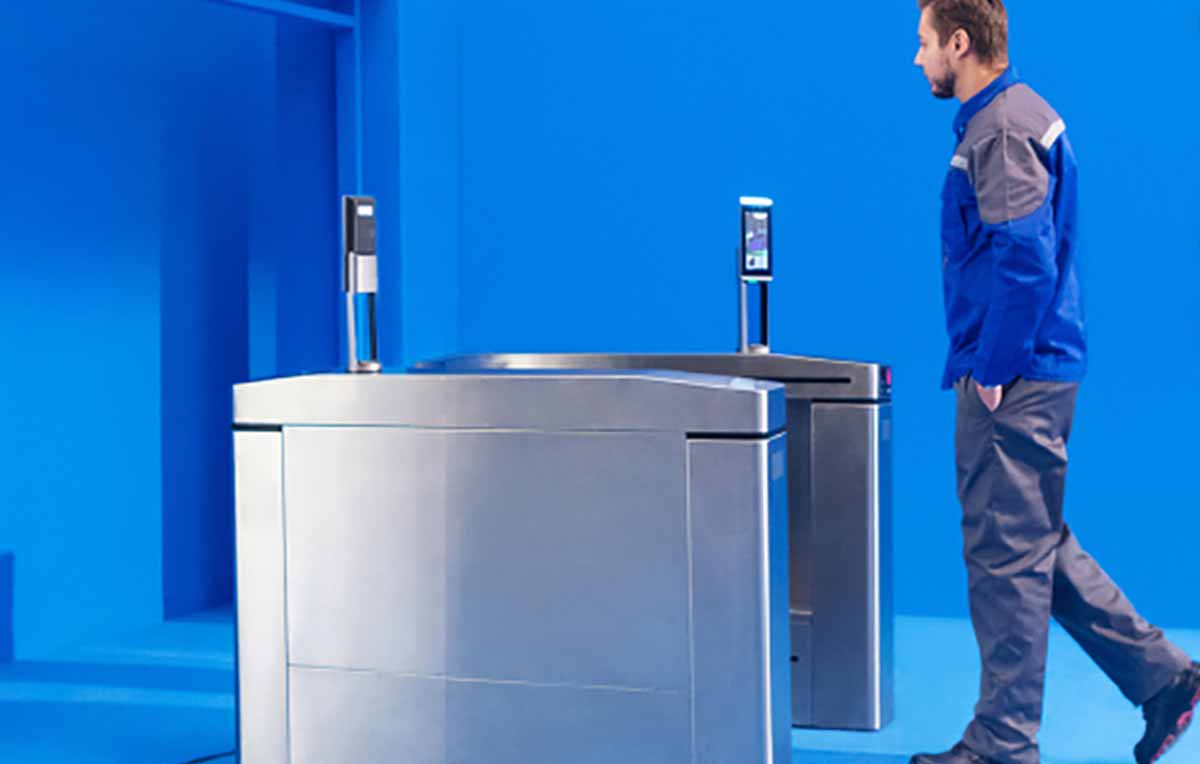
23 Nov Contactless access control solutions for the 2020s
The COVID-19 pandemic has changed the way many of us think about access to high-traffic facilities such as office buildings, leisure centres and retail stores. Touchless solutions have become all the rage as facility managers seek to provide secure access in a way that reduces common touchpoints and decreases the risk of spreading viruses among staff and facility visitors.
Solutions that have arrived in Australia and New Zealand in recent months range from access gates that use facial recognition or other biometrics to grant access without the need to touch any surface, through to security scanners that screen visitors to make sure they don’t have a fever.
“Contactless solutions are in vogue at the moment, and for good reason,” says Michael Bystram, General Manager of security solutions specialist Entrance Control.
“There are clear health benefits in reducing the amount of contact between visitors and surfaces that might previously have been considered high-touch. Access solutions that reduce health risks to visitors also help to instil confidence that you have their health front of mind.”
What’s more, a growing number of facility managers are seeing contactless access control solutions as an investment that will provide ongoing benefits, long into the future, he said.
“COVID-19 is the immediate risk, but many facility managers are also taking a longer term view and seeing contactless technology as an investment in future-proofing their facilities against any other pandemics or infectious diseases we may see in years to come.”
Gates with integrated biometric scanners
Gates like the EasyGate SPT can be integrated with touchless biometric scanners that grant access with the wave of an authorised visitors’ hand. The IDEMIA MorphoWave scans visitors’ fingers in 3D to accurately identify them for the purposes of deciding whether or now they should be granted access to a facility.
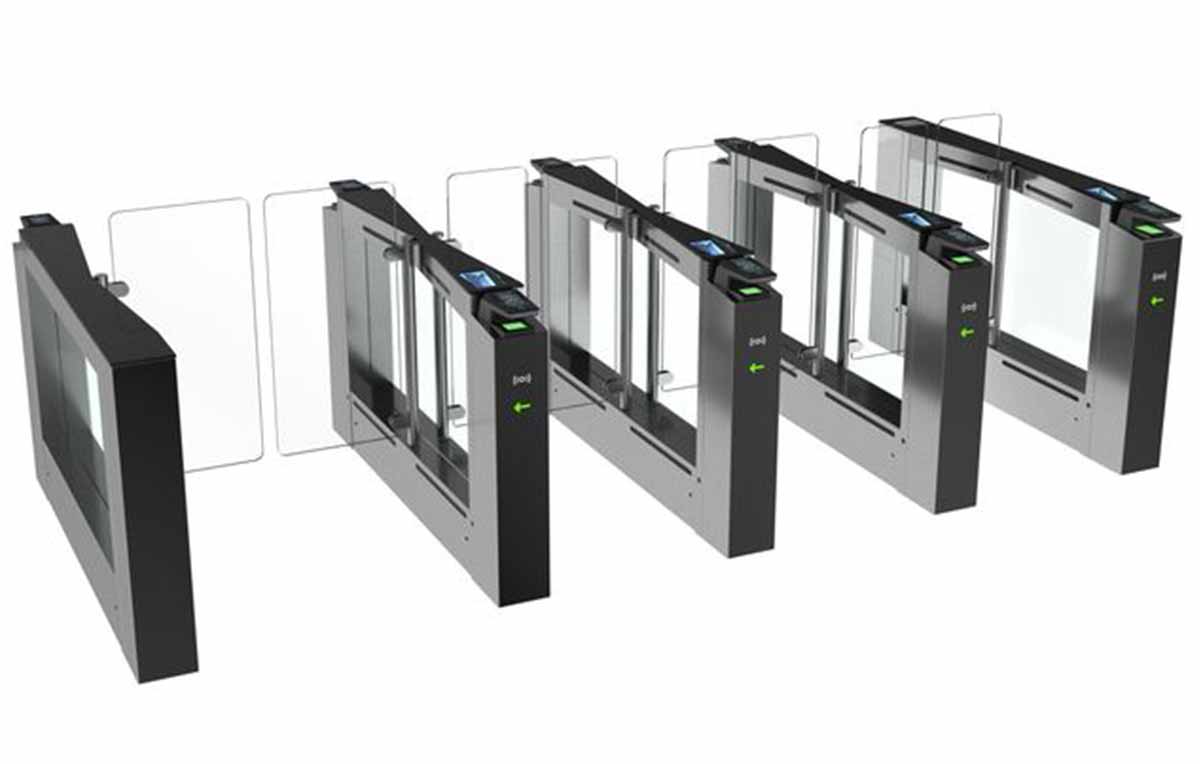
One of the key features of the MorphoWave is that it works without contact between a person’s fingers and the scanner itself, reducing common touchpoints that can cause hygiene concerns and enabling it to operate in wet or humid environments. In years gone by some biometric scanners were problematic in humid conditions – where condensation sometimes prevented them from reading fingerprints accurately.
Another option growing in popularity is facial recognition. Devices like the EasyAccess facial recognition scanner, which has just been released in Australia and New Zealand, can be mounted on any Entrance Control gate to enable secure, touchless entry.
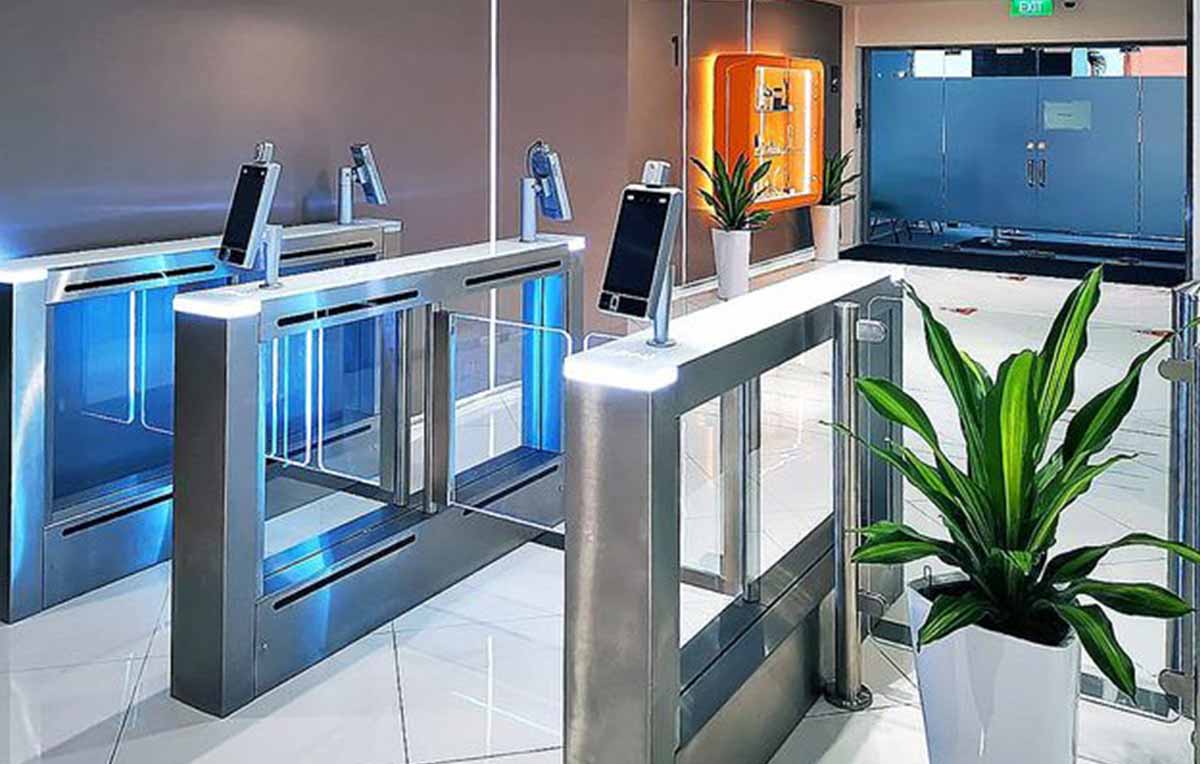
These devices can store up to 50,000 faces. Optional mask detection can also be enabled, for those facilities that want to make wearing of a face mask mandatory before granting access.
“Facial recognition and other biometric solutions are now highly accurate and are becoming increasingly affordable – putting them in reach of even mainstream office buildings, retail stores and leisure centres,” Mr Bystram says.
Another advantage of facial recognition and biometric scanners is that they remove the need for anybody to carry an access card, reducing the costs associated with having to issue new cards when they are lost, and removing the risk of staff or visitors leaving a card behind at home, he says.
More traditional touchless gates
Slightly less high-tech, but still highly effective, are more traditional entrance control gates that slide or swing open automatically on presentation of an access card. Manual doors and older turnstiles, rotating doors and swing gates require a visitor to push against them to enter a facility, which can result in a risk of virus transmission. Newer automated gates can open automatically, without the need for anybody to touch a surface or physically push or pull on them.
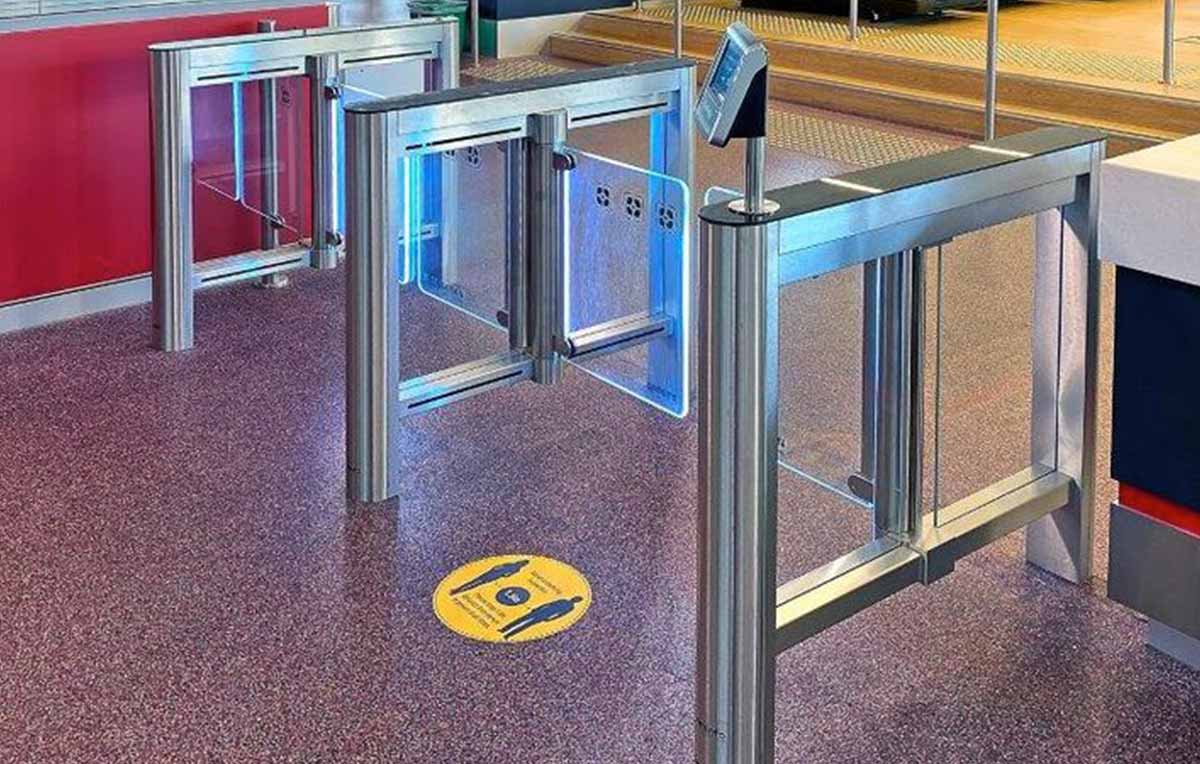
“Some health-conscious customers are installing automated gates and entrance control solutions within different areas of their facility, to reduce the number of common touch points that can harbour a virus. This could be at the entrance to a gym, or the accessway to the stairwell, rather than only at the front reception desk.”
Population counters
In some cases it is useful to be able to count the number of people in your facility. Entrance Control offers the Automated Occupancy Control solution that can be added to many existing Entrance Control gates. This function, which can be turned on and off as required, monitors the number of people entering and exiting a facility and prevent entry when a set occupancy limit is reached.
“Knowing how many people are in your store or leisure facility has been a requirement in localities throughout the COVID-19 pandemic, and population or occupancy counters are an elegant solution which can allow staff to get on with what they do best – delivering outstanding customer service.”
All in one retail solutions
Security gates haven’t been so common in retail settings in the past, but that has all changed with COVID-19. Being able to control the number of people in your store is considered a prudent step for a growing number of retailers, including many supermarkets.
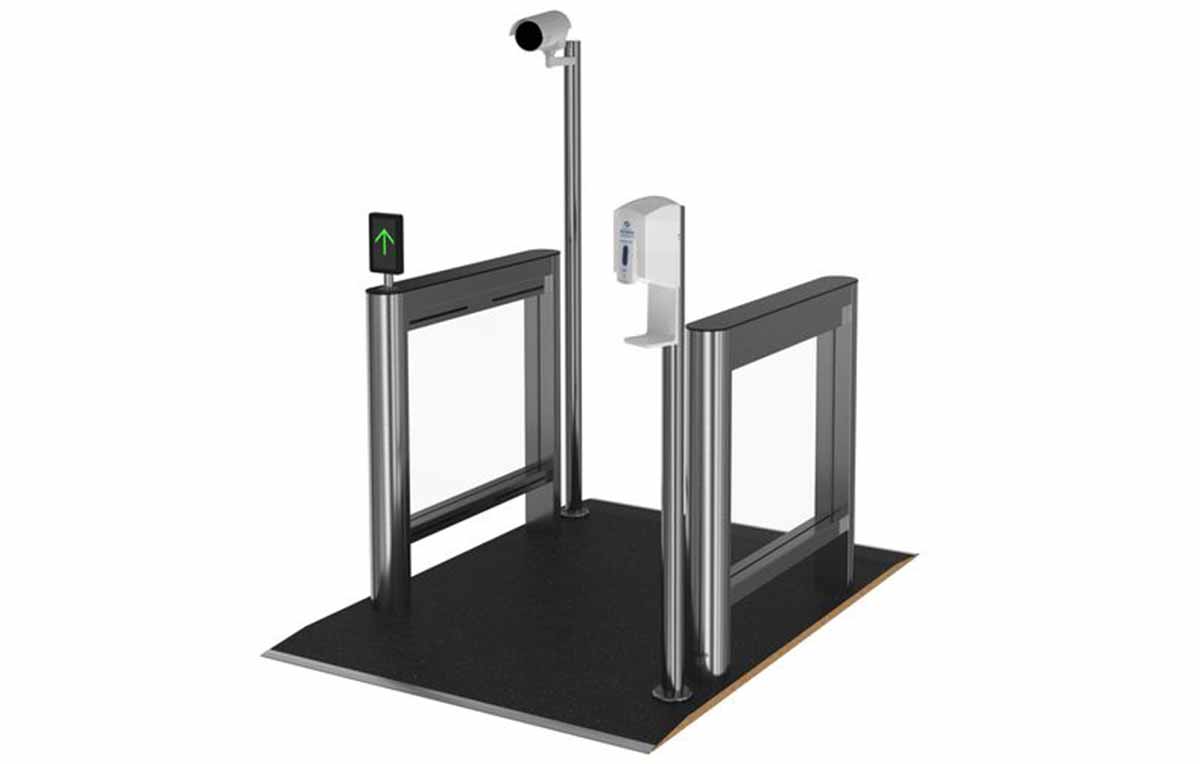
Earlier this year Entrance Control released the EasyGate SG 1000 – a stand-alone access gate that is available for use at retail store entrance points. This gate – available in mobile or fixed variations – can count the number of people entering and exiting a facility. It can be set to prevent access if a set occupancy level is reached.
Mr Bystram says the gate can improve the safety of shoppers by helping stores ensure there is enough space on the shop floor for customers to be able to physically distance.
Need help deciding what’s right for your facility?
The team at Entrance Control has years of experience advising architects and others responsible for office fitouts on the options available to them.
For more information contact the team via the contact form, or phone +61 (02) 9906 7522.

